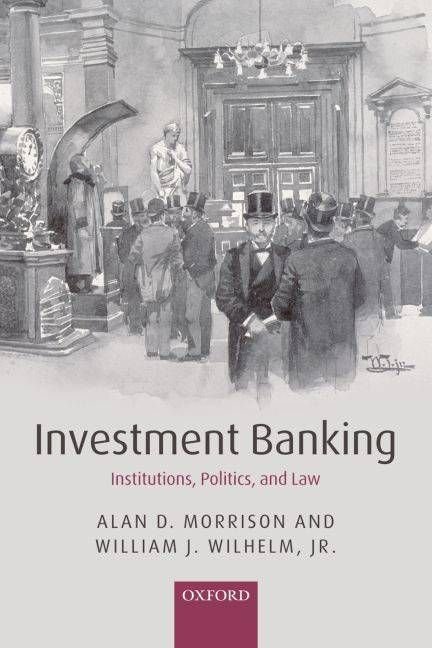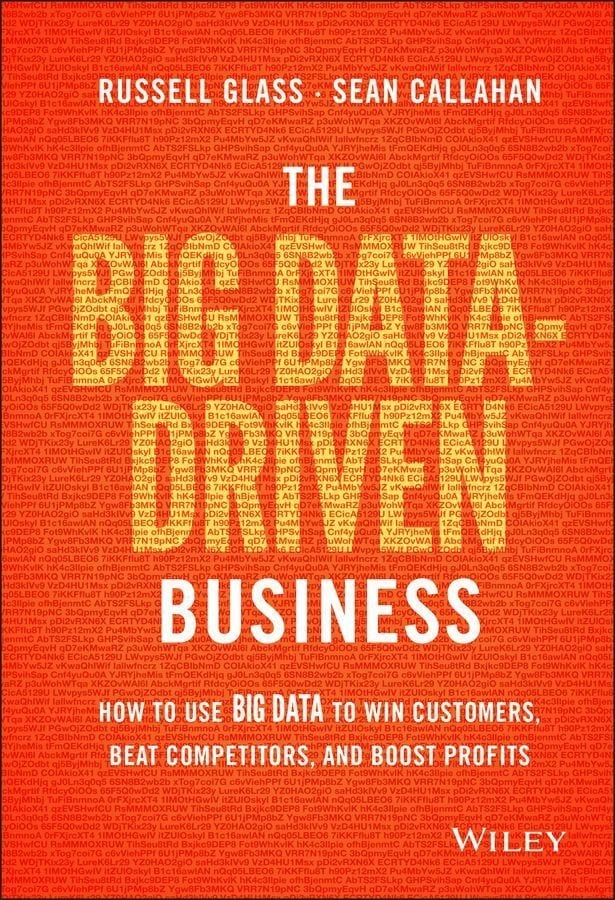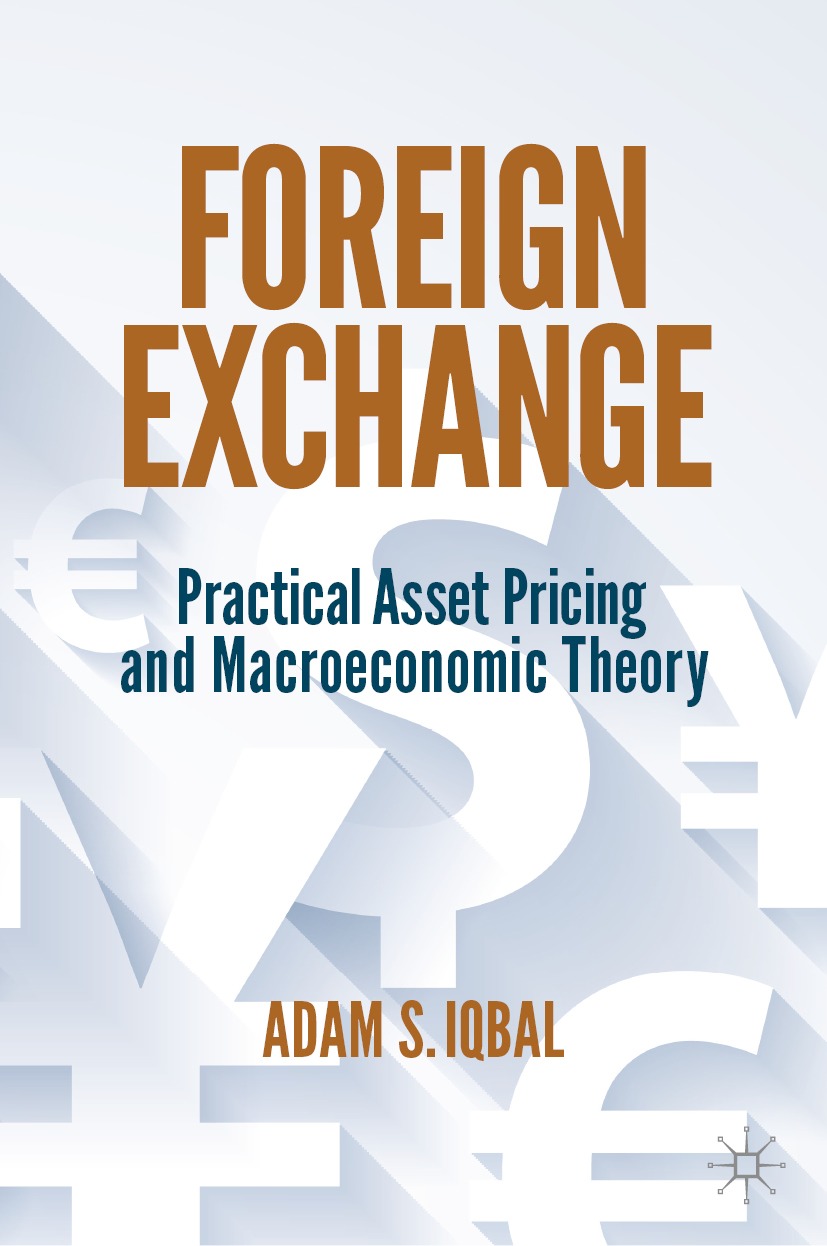The origin of this book can be traced to courses on financial mathematÂ- ics taught by us at the University of New South Wales in Sydney, Warsaw University of Technology (Politechnika Warszawska) and Institut National Polytechnique de Grenoble. Our initial aim was to write a short text around the material used in two one-semester graduate courses attended by students with diverse disciplinary backgrounds (mathematics, physics, computer sciÂ- ence, engineering, economics and commerce). The anticipated diversity of potential readers explains the somewhat unusual way in which the book is written. It starts at a very elementary mathematical level and does not asÂ- sume any prior knowledge of financial markets. Later, it develops into a text which requires some familiarity with concepts of stochastic calculus (the basic relevant notions and results are collected in the appendix). Over time, what was meant to be a short text acquired a life of its own and started to grow. The final version can be used as a textbook for three one-semester coursesÂ- one at undergraduate level, the other two as graduate courses. The first part of the book deals with the more classical concepts and results of arbitrage pricing theory, developed over the last thirty years and currently widely applied in financial markets. The second part, devoted to interest rate modelling is more subjective and thus less standard. A concise survey of short-term interest rate models is presented. However, the special emphasis is put on recently developed models built upon market interest rates.












